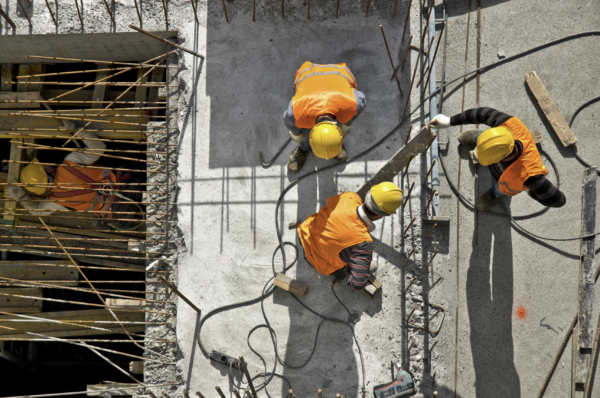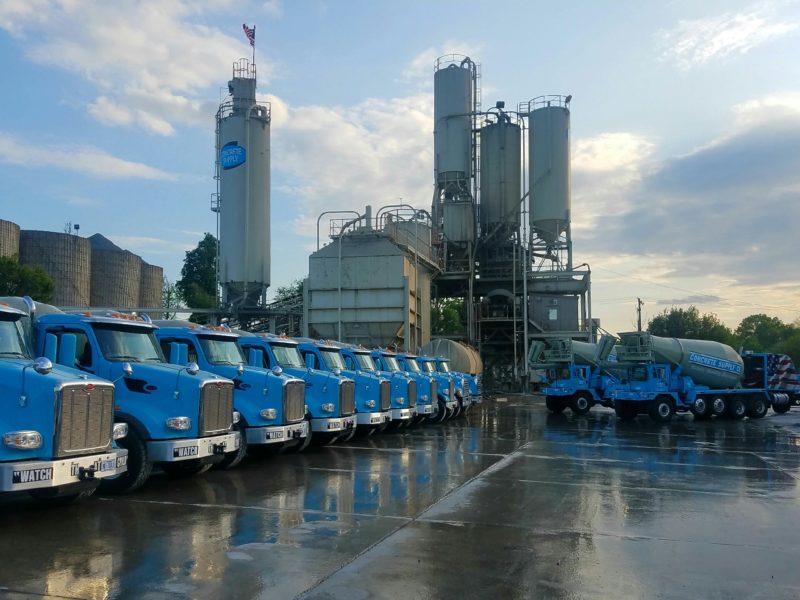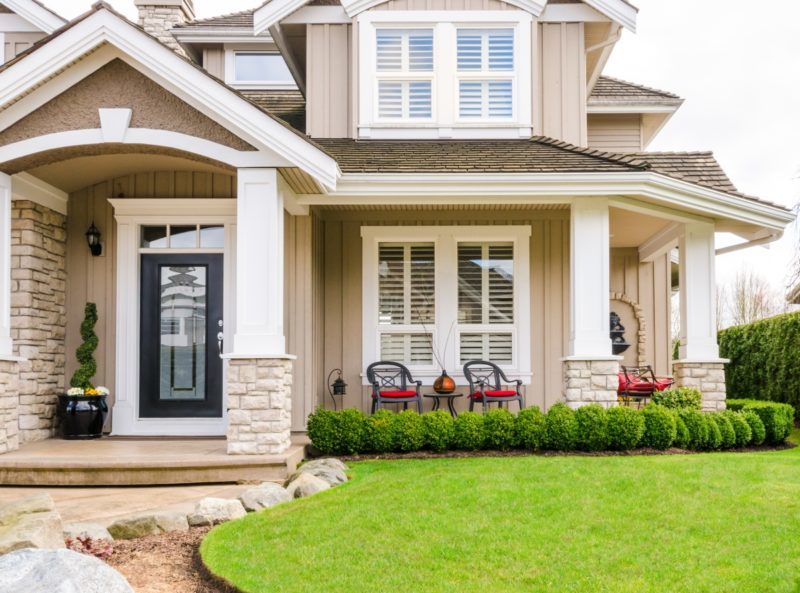Tips For Building Strong Relationships Between Contractors and Architects
Tips For Building Strong Relationships Between Contractors and Architects On the Job
A healthy relationship between a contractor and architect on a project is associated with benefits. Benefits include:
- Helping the project to run smoothly from start to finish
- Reducing stress from the project on both parties
- Effectively communicating throughout the project
- Minimizing (if not avoiding altogether) disagreements
- Project efficiency
- More work in the future
Unfortunately, there are many ways the relationship between a contractor and an architect can crumble. Miscommunications, differences in priorities, and budgetary issues all put strain on the relationship. Trust us, we’ve seen it all. Not to mention, the risks associated with poor relationships on a job site are immense (and can be costly too)! Risks include:
- Time delays
- Cost overruns
- Job incompletion
- Safety of employees and the structure itself
- And more…
Your best bet? Use these tips to build strong relationships with the architects on your project. It will pay off in the end–we guarantee it!
1. Recognize each other’s difference in priorities.
When working with a team of people, you can’t assume that everyone has the same priorities as you (although we often do so unintentionally). In reality, each of your team members has different skills, tasks, and priorities in mind.
An architect’s top concerns are with the ideas and design concepts behind a project. A contractor typically prioritizes concerns related to supply chain, labor, and deadlines. Neither has the time nor do they see a need to prioritize the other’s concerns… and therein lies the problem.
TIP: Recognize, understand, and appreciate differences in priorities. When both parties are able to keep what’s important to the other in mind, the relationship will strengthen.
2. Address issues with the budget early on.
Budgetary disputes are many times the reason why a contractor-architect relationship is compromised. When an architect isn’t able to acknowledge that their designs don’t align with a project’s budgetary restraints, it can bring up all sorts of issues throughout the project. Especially when it comes to financial issues, fingers will be pointed and blame will be assigned–it can get ugly.
TIP: It’s crucial that both the contractor and architect get on the same page from the start. Both parties should address any budgetary concerns as early in the process as possible. Work as a team to achieve the best possible end result.
3. Keep lines of communication wide open.
Like any productive relationship, communication is key.
When contractors and architects feel comfortable bringing up and discussing problems, concerns and questions that arise along the way–the relationship prospers.
TIP: As a project leader, you know that open communication is built on honesty and understanding. Be clear when it comes to resources, budget, and capabilities. Remember that negotiation is common (often necessary) on building projects–don’t take it personally. In the end, what matters is the success of the overall project, not your ego.
What’s the point?
Healthy working relationships can be few and far between nowadays. When one is established, both parties and the project benefit greatly (as we previously mentioned). But your efforts to build strong relationships with architects will benefit you personally as well.
Think of it this way: people tend to lean on their strong relationships–on the people they enjoy to work with. That architect you worked hard to establish a relationship with will most likely choose to work with you on (or recommend you for) future projects. You’ll take on a reputation as a dependable, easy to work with and professional contractor–a reputation that WILL pay off.
Strong relationships aren’t just necessary between contractors and architects, they’re necessary across the entire construction industry. We pride ourselves on the relationships we as a concrete supplier have built with our customers, including contractors.
We’re always striving to ease our contractor-supplier relationships. That’s why we created this checklist to help our customers and contractors determine their desired ready mix. We know that delivering anything less than the perfect ready mix would put stress on a contractor or customer and in turn, our relationship with them.
Download our Perfect Ready Mix Checklist. It’s a list of questions to answer about your specific concrete project (project type, size, environmental conditions, and more). With the answers, we’ll be able to supply you with yes, the ready-mix you need.




